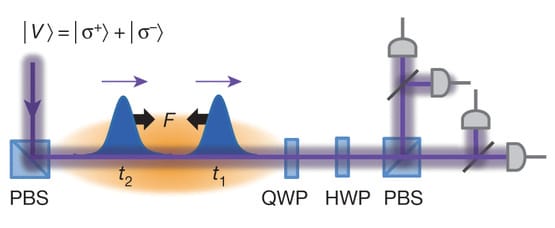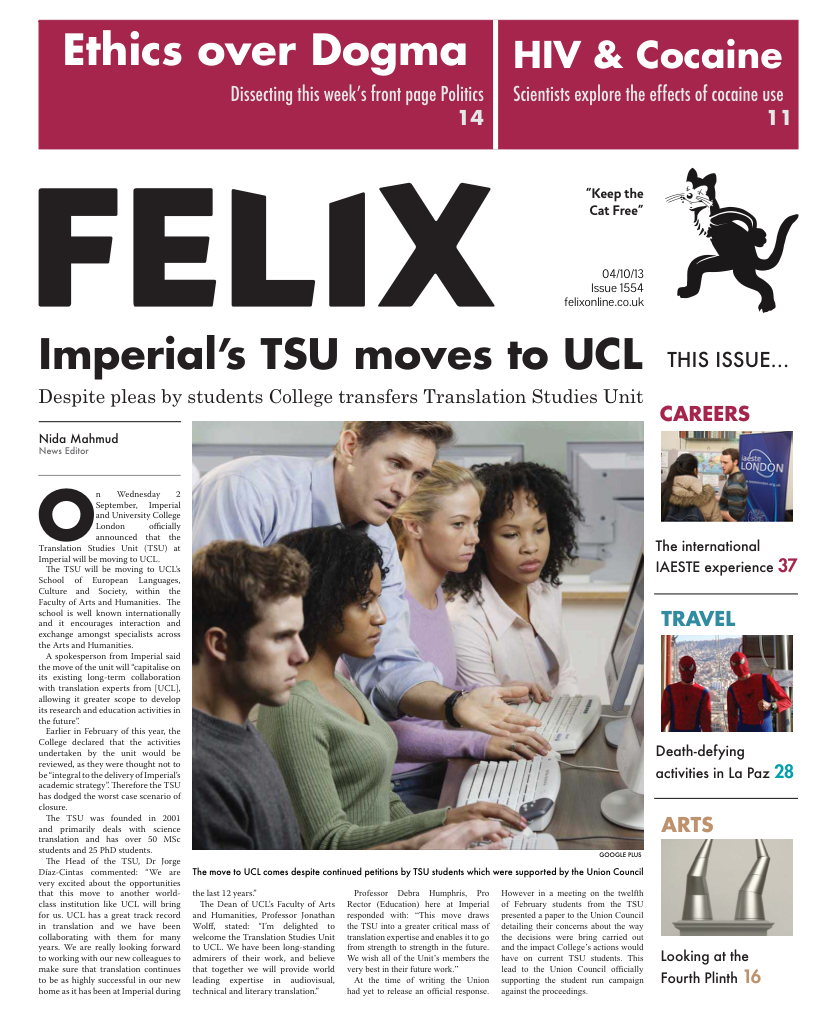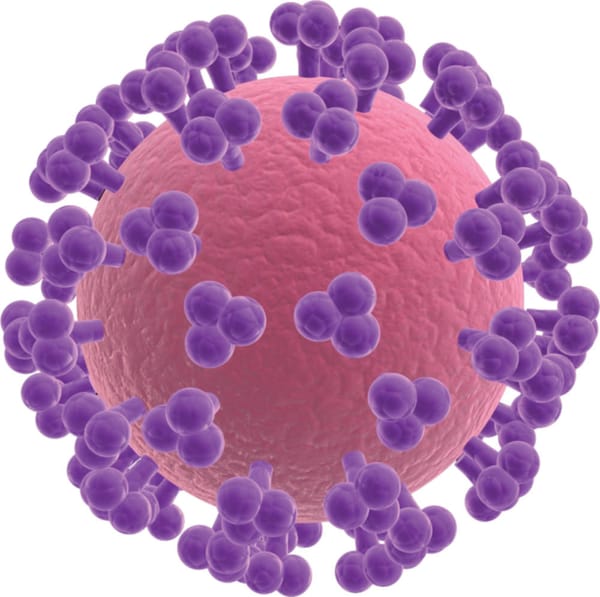New form of matter created from photons
The Harvard-MIT Center for Ultracold Atoms has created “photonic molecules” by binding photons together, as published in Nature last week.

The Harvard-MIT Center for Ultracold Atoms has created “photonic molecules” by binding photons together, as published in Nature last week. The team, led by Harvard’s Professor Mikhail Lukin and MIT’s Professor Vladan Vuletic, first cooled an extremely rarefied gas of rubidium atoms to a few degrees above absolute zero, then used weak laser pulses to fire single photons into the gas. In this medium, the photons are slowed considerably by interacting with and giving energy to the rubidium atoms. “When the photon exits the medium, its identity is preserved,” Lukin said. “It’s the same effect we see with refraction of light in a water glass. The light enters the water, it hands off part of its energy to the medium, and inside it exists as light and matter coupled together, but when it exits, it’s still light. The process that takes place is the same, it’s just a bit more extreme - the light is slowed considerably, and a lot more energy is given away than during refraction.” When two photons are fired in, they exit joined together, as if in a molecule. This is due to an effect called the Rydberg blockade, which disallows atoms near to each other being excited to the same state. When two photons are in the rubidium cloud, one must move forward after exciting an atom so that the second one can move in and excite other atoms nearby. Thus, the photons pull or push on each other as they move through the medium. “It’s a photonic interaction that’s mediated by the atomic interaction,” Lukin said. “That makes these two photons behave like a molecule, and when they exit the medium they’re much more likely to do so together than as single photons. “We do this for fun, and because we’re pushing the frontiers of science, but it feeds into the bigger picture of what we’re doing because photons remain the best possible means to carry quantum information. The handicap, though, has been that photons don’t interact with each other.” The effect could be used to make photonic switches or logic gates for use in quantum computers, or for laser cooling and information transfer applications in current computers. “It’s not an inapt analogy to compare this to light sabers,” Lukin added. “When these photons interact with each other, they’re pushing against and deflect each other. The physics of what’s happening in these molecules is similar to what we see in the movies.”








